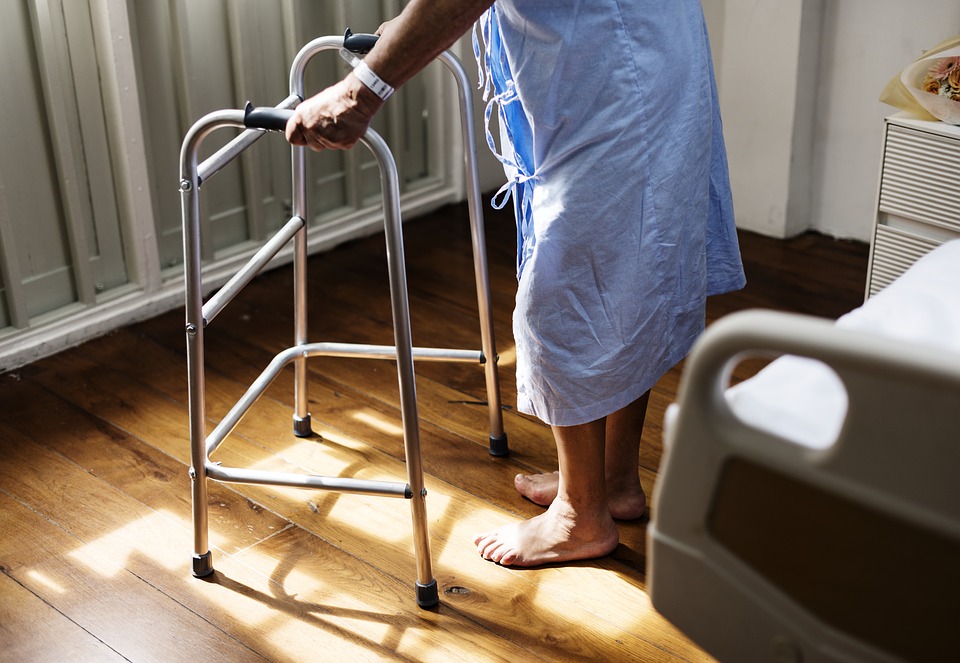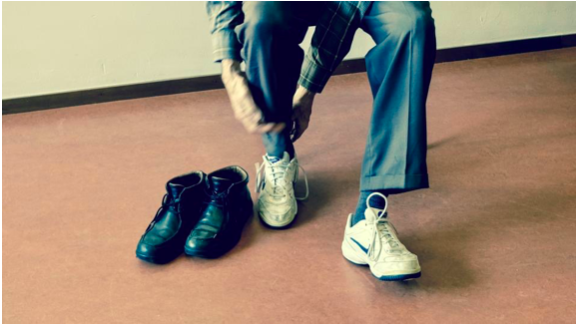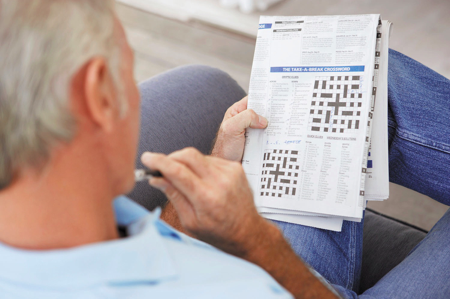Bed safety rails are commonly used in home health care, nursing homes, and hospitals for preventing falls. Adult bed rails are primarily designed to stop the elderly from rolling and falling off the bed. They’re much stronger than the ordinary bed rails.
The rails not only prevent the patients from falling off the bed but also offer support whenever he/she needs to adjust their position in bed and to get into or out of bed. Some beds have double bed rails while others have a single rail on one side of the bed. If the bed has only one rail, it’s advisable to place the bed against the wall.
How Do I Go About Choosing The Best Bed Rails?
To determine which bed rail is the most appropriate for your bedridden patient, there are a number of questions that you need to ask yourself:
- Can the rails be adjusted as required by the caregiver?
- What type of bed will the rails be used on? How large is the bed?
- Do you need rails for both sides of the bed or just one?
- Can the patients adjust the rail all by themselves?
- Do you need a bed rail that will prevent the patient from falling, one that helps them get in and out of bed, or one that does both?
What are the benefits and risks associated with the use of bed rails?
Some advantages of using bed rails are:
- They minimize the risk of falling off the bed
- Provide support to the patients when they want to turn in bed
- They provide support to the patient when he/she needs to get out of into bed
- Make it easy to access personal care items and bed controls
- Give a sense of security and assurance that the patient is safe
Some risks associated with the use of bed rails include:
- Possible strangulation leading to death. This could happen when a part of the patient’s body is caught between the mattress and the rails
- Bruises and scrapes on the skin
- Broken bones resulting from falls that occur when the patient tries to climb over the bed rails
- The patient may feel isolated
- When the rails are used as a restraint, the patient may develop agitated behavior
What do I do if I don’t what to use bed rails?
The fact that numerous patients are trapped, strangled, and even killed by the rails every year means that alternative solutions need to be found. It gets riskier for patients who suffer from memory loss and those with uncontrolled body movement. Other ways in which you can keep the patient safe without necessarily using bed rails include:
- Keeping the bed’s wheels locked
- Make sure that the bed is in the lowest position possible
- Place soft mats next to the bed when there’s an increased risk of the patient falling off
- Constantly checking up on the patient to see if they might need to get out of bed for certain reasons such as hunger or thirst





